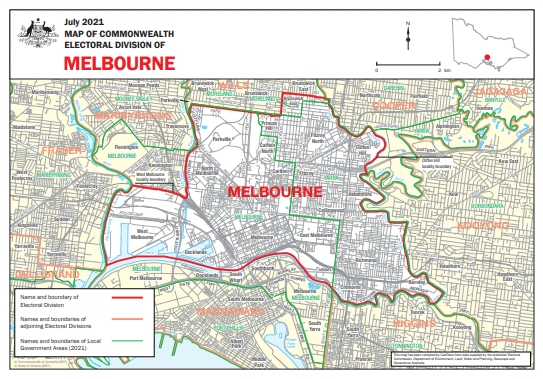|
|
|
|
| Adam Carr's Election Archive
|
Australian federal election, 2022
Division of Melbourne, Victoria
Named for: City of Melbourne (after Rt Hon William Lamb, Viscount
Melbourne (1779-1848), British Prime Minister 1834, 1835-41). The title derives from the village of Melbourne in Derbyshire.
Central Melbourne: Carlton, Clifton Hill, Collingwood, Docklands, Richmond
State seats: Parts of
Brunswick,
Melbourne and
Richmond
Local government areas: Parts of
Melbourne and
Yarra
Borders with:
Cooper,
Gellibrand,
Higgins,
Kooyong,
Macnamara,
Maribyrnong and
Wills
Enrolment at 2019 election: 107,552
Enrolment at 2022 election: 114,447 (+06.4)
1999 republic referendum: Yes 70.9
2018 same-sex marriage survey: Yes 83.7
Sitting member: Dr Adam Bandt (Green):
Elected 2010, 2013, 2016, 2019
2007 Labor majority over Greens: 4.7%
2010 Greens majority over Labor: 6.0%
2013 Greens majority over Labor: 5.3%
2016 Greens majority over Liberal: 6.9%
2019 Greens majority over Liberal: 21.8%
2022 notional Greens majority over Liberal: 21.8%
2022 notional Greens majority over Labor 17.1%
Liberal two-party vote 1983-2019
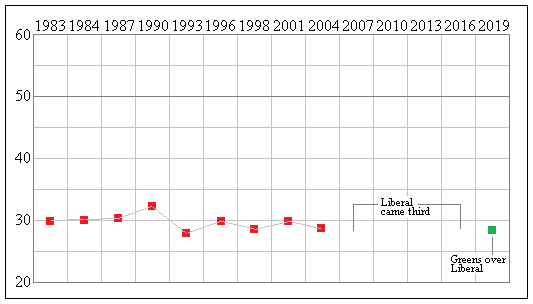
Status: Safe Greens
Best Greens booths, two-party vote: Fitzroy East (87.4), Collingwood (85.8), Fitzroy (85.2),
Fitzroy North (84.5), Ascot Vale (84.2)
Best Liberal booths, two-party vote: Docklands (43.1), East Melbourne (39.5), Melbourne (36.7),
Melbourne Central PPVC (36.7), Cremorne (34.2)
Does not include booths transferred from Cooper, which was a Labor vs Greens two-party
vote in 2019.
2019 results
Statistics and history
Candidates in ballot-paper order:
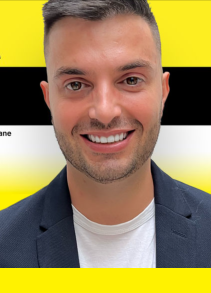 |
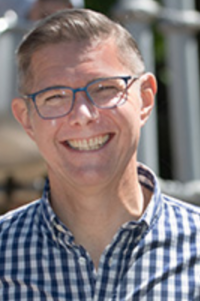 |
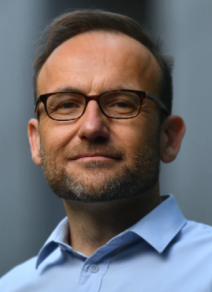 |
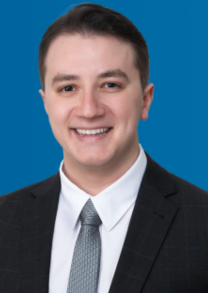 |
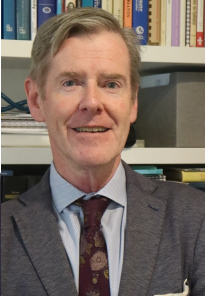 |
1. Justin Borg
United Australia Party |
2. Keir Paterson
Australian Labor Party |
3. Dr Adam Bandt
Australian Greens |
4. James Damches
Liberal Party |
5. Dr Richard Peppard
Liberal Democrats |
 |
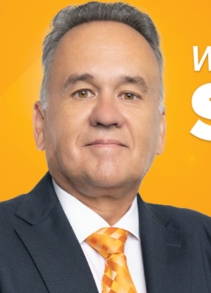 |
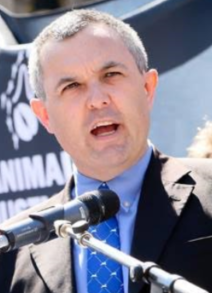 |
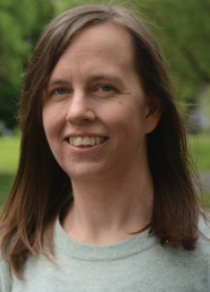 |
6. Scott Robson
Independent |
7. Walter Stragan
Pauline Hanson's One Nation |
8. Bruce Poon
Animal Justice Party |
9. Colleen Bolger
Victorian Socialists |
Candidate websites:
Dr Adam Bandt
Colleen Bolger
Justin Borg
James Damches
Keir Paterson
Dr Richard Peppard
Bruce Poon
Walter Stragan
Division of Melbourne
Melbourne has existed since Federation, its boundaries extending gradually outwards at each successive redistribution as
the inner suburbs declined (in relative terms) in population, although this trend has recently been reversed as the
inner city has been colonised by wealthy apartment-dwellers. Suburbs like Fitzroy, Richmond and Collingwood, once
slums, are now wealthy areas populated by affluent professionals. Melbourne is now in the top 20% of seats in terms of
 median family income and in the top 10% in terms of people in professional occupations. It also has a high proportion of
people born in non English speaking countries. Conversely, it has very low proportions of families with dependent
children and dwellings being purchased.
median family income and in the top 10% in terms of people in professional occupations. It also has a high proportion of
people born in non English speaking countries. Conversely, it has very low proportions of families with dependent
children and dwellings being purchased.
Labor held Melbourne continuously for over a century. During those decades it was one of the safest Labor seats in the
country, and was held for most that time by two members:
Dr Billy Maloney (the longest-serving backbencher in the
history of the Australian Parliament) and
Arthur Calwell, who was Leader of the Opposition from 1960 to 1967. The last
Labor member was
Lindsay Tanner, who was Minister for Finance in the Rudd Government but retired in 2010 rather than serve
under
Julia Gillard.
The Greens vote in Melbourne rose from 6.6% in 1996 to 22.8 in 2007, almost all at the expense of Labor, reflecting the
rapid demographic change in the electorate. In 2010, with Tanner's personal vote gone, the Greens polled 36.2% and won
the seat on Liberal preferences. In 2013 the Greens polled 42.6%, and won without Liberal preferences. In 2016 they
polled 43.7% and Labor finished third. In 2019 (when the Labor candidate was disendorsed during the campaign) they polled 49.3%. It is difficult
to see Labor regaining the seat, since the decline in its traditional vote is continuing. Only in parts of
Richmond does Labor still win majority support. The 2021 redistribution has made only minor changes to the seat.
Dr Adam Bandt, Greens MP for Melbourne since 2010, and the first Greens candidate to win a House of Representatives seat
at a general election, was a lawyer with Slater and Gordon (long-time Labor lawyers) before his election. He has a
PhD in legal history from Monash University. In February 2020, following the resignation of Senator
Richard Di Natale,
he was elected Leader of the Australian Greens. The Labor candidate is Keir Paterson, manager of Superfriend, a mental health
organisation. The Liberal candidate is James Damches, a legal assistant.
Demographics:
Median weekly household income: $1,484 (Australia $1,438)
People over 65: 7.9% (Australia 15.8%)
Australian born: 44.9% (Australia 66.7%)
Ancestry: Chinese 14.7%
Non-English-speaking households: 40.9% (Australia 22.2%)
Catholics 15.2% (Australia 22.6%)
Buddhism: 5.9%
No religion 45.1% (Australia 29.6%)
University graduates: 44.8% (Australia 22.0%)
Professional and managerial employment: 55.0% (Australia 35.2%)
Employed in manufacturing and construction: 10.0% (Australia 22.9%)
Paying a mortgage: 18.7% (Australia 34.5%)
Renting: 61.5% (Australia 30.9%)
Traditional families: 13.4% (Australia 32.8%)
Back to main page
|
|
 median family income and in the top 10% in terms of people in professional occupations. It also has a high proportion of
people born in non English speaking countries. Conversely, it has very low proportions of families with dependent
children and dwellings being purchased.
median family income and in the top 10% in terms of people in professional occupations. It also has a high proportion of
people born in non English speaking countries. Conversely, it has very low proportions of families with dependent
children and dwellings being purchased. 
